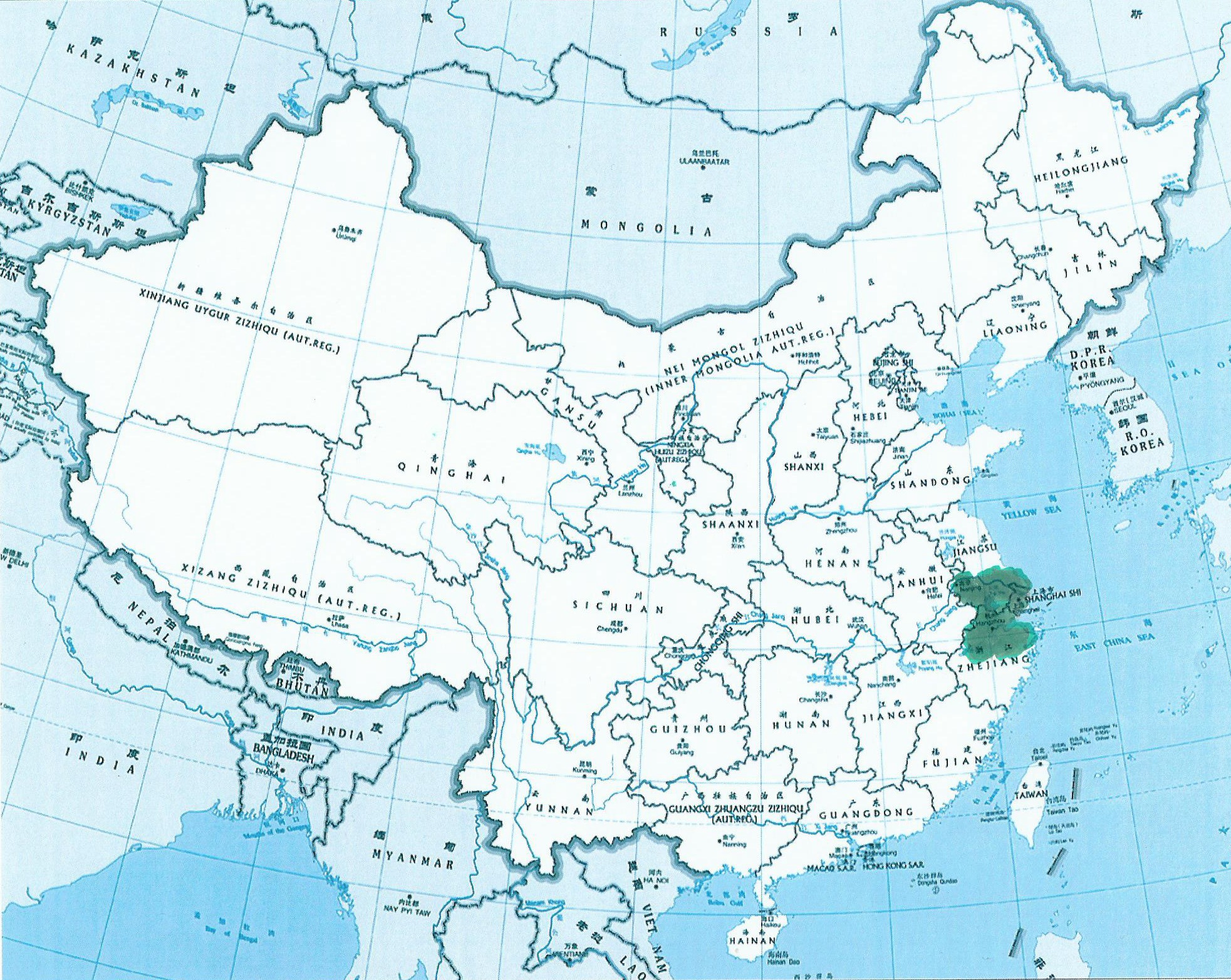
Yueju, also called shaoxingxi, is a regional genre in the xiqu form, specifically popular in Shanghai, and in Zhejiang and Jiangsu provinces. Yet there are yueju companies in other provinces too.
In about 1906, the tea-picking songs in the Shengxian area in Zhejiang were developing into a simple theatrical form by some local troupes. In 1916, some actors went to Shanghai to perform the new genre. The urban competitive environment made actors quickly start absorbing singing melodies from a much older Zhejiang local theatre called shaoju, which had an origin back to the 17th century with a big variety of roots in different musical systems, and learning from jingju’s movements and its division role types. The visual aspects of yueju including costumes, makeup and the scenery were also influenced by the Shanghai cosmopolitan life style. In the early 1920s, all female casting started and replaced the earlier all male or mixed cast members. After 1949, the central government advocated the mixed casting system, male actors were trained, and it was not until after the Cultural Revolution that all female casting companies re-emerged. Yueju today is performed by either a mixed or an all-female cast.
Yueju’s role type of category follows jingju’s. Its music and arias are gentle and soft, yet comparing to the melodious kunju the pace is faster and the lyrics are easy to follow. It is good at telling romantic stories without much display of acrobatics or martial arts, and thus most of the traditional repertoire is set around the role types of young scholar and young female roles. The most famous actors are also specialized in these two role types.
越剧是戏曲剧种,也叫作“绍兴戏”,流行于上海以及浙江和江苏等地。全国很多其他省市也拥有越剧团。
1906年前后,浙江嵊县一带的采茶歌在余姚秧歌班的影响下开始发展成为简单的戏剧形式。1916年,一些演员带着这个新出现的剧种来到上海演出。大城市里不同演出形式的强烈竞争促使演员迅速向浙江本地古老的绍剧汲取更多唱腔与音乐手段,也开始学习京剧的行当、舞蹈、身段等等表演艺术。越剧中的服装、化装以及舞台布景等等视觉形象方面颇受上海十里洋场生活的影响。1920年代出现了全部由女演员组成的“文武女班”,抗日战争期间女班有很大发展,“男班”以及男女合演渐趋淘汰。 1949年以后,中央政府提倡男演男、女演女,越剧开始训练男演员。一直到文革以后女子越剧团体才又重新出现。越剧目前有男女共同演出,也有纯粹女子剧团的演出。
越剧的行当分布基本跟随京剧。音乐与唱腔柔和,然而,与“水磨腔”的昆剧相比,越剧唱起来速度快一些,唱词也浅显易懂。越剧擅长演出男女情长的内容,并没有太多武打类的表演,传统剧目往往环绕小生与小旦而设计,因此越剧以扮演青年人物的生、旦两行的演员出名。